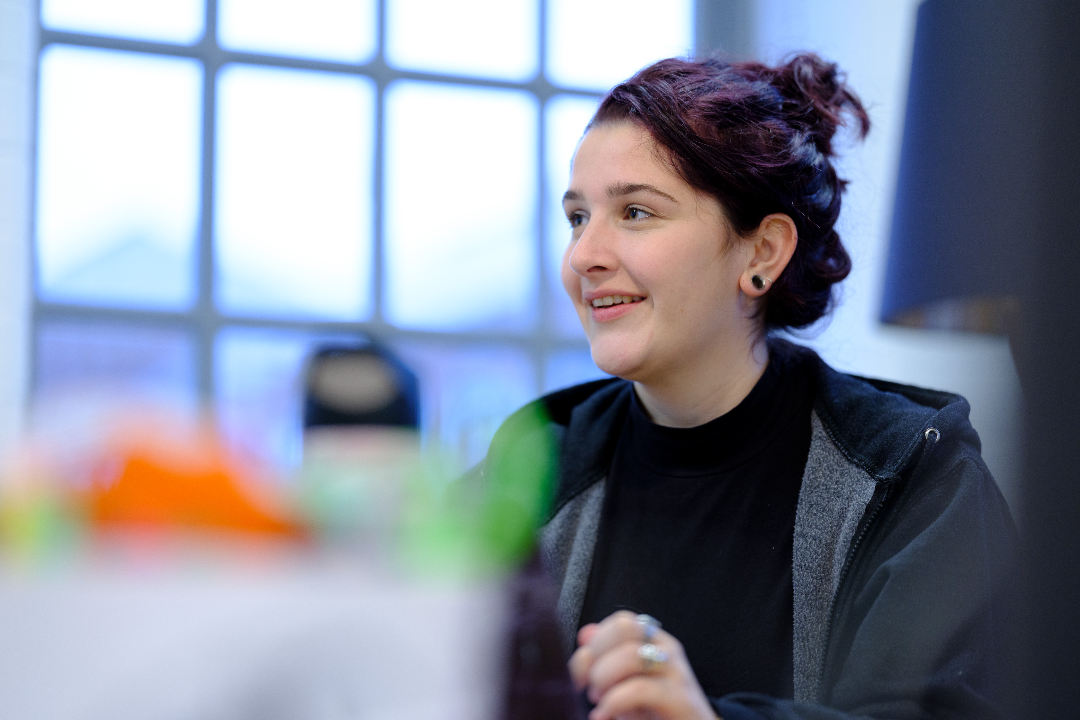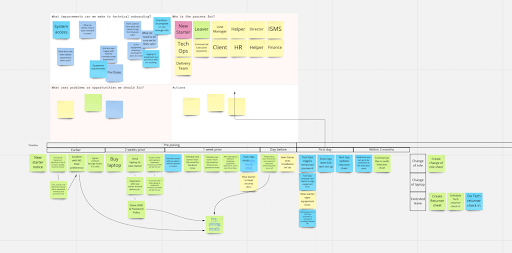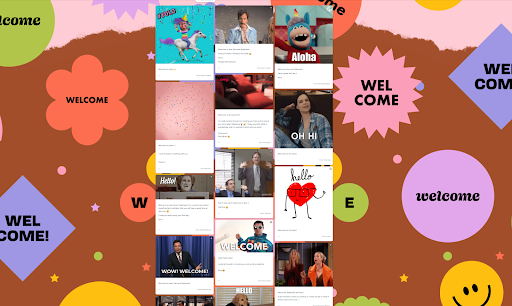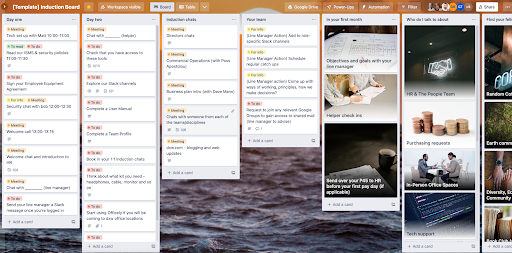Starting off on the right foot: how we do onboarding at dxw

Onboarding sets the tone for what’s important to us
In 2022, dxw had a growth spurt. It wasn’t overnight, but it did happen pretty quickly. And as we continue to grow, we know we need to continue to make an excellent first impression.
That’s where onboarding comes in.
Why is onboarding important?
In May 2022, one of the biggest questions that came out of our Commercial team away day (and came up repeatedly at our quarterly directors’ open forum), was ‘how do we maintain our culture and values as we grow?’.
The new business plan outlined our exciting vision for growth, and we understood that more permanent dxw’ers meant more resilience and stability for our employee owned trust. To reach those targets, however, we’ve had higher volumes of folk joining and we needed to make sure they got the same high quality, personalised experience whether there was 1 (or sometimes 10) other people starting alongside them.
Onboarding sets the tone for what’s important to us. It’s the perfect opportunity to demonstrate how we do things at dxw, the tools we use and how we communicate.
“The whole experience gave a good impression from the start, that people in the organisation were approachable and friendly, at all levels.” – a new dxw’er
How are we doing it?
We have anywhere between 2 weeks to over 3 months to get a new starter ready to join, depending on things like notice periods or project requirements. Lots of legal bits need to happen before someone’s first day, such as exchanging contracts, document checks, vetting and all the technical stuff such as getting the right kit and getting folk onto our tools and systems.
We knew we needed to develop a process that delivered consistently, no matter how much time we had to turn things around.

The People team spent some time with our friends over in technical operations to map out key stages of the process, and make sure we were building something that worked for everyone. Since then, there have been some further iterations to the technical side of things, including using Kandji, a tool which helps save time and automate technical onboarding tasks. We still offer human support too, with a call in the morning with IT to work through any snags or questions.
“The call with IT was great, especially for a non-technical person” – a new dxw’er
Scaling up
When scaling up the process, we decided it was important to keep things like our KudoBoards – digital messaging boards which allow everyone to say hello and introduce themselves from across teams.

We still run our company wide welcome call, which helps us to learn more about our new starters and ask those all important questions to break the ice.
We also still build everyone an induction Trello, suggest names for welcome chats and connect people via our Helper system. These things aren’t just ‘nice to have’ – they show the joiner that we work openly and collaboratively across teams, and although we may be split into disciplines or units, we’re at our best when we work together. They also give us the opportunity to demonstrate our values, like being positive and curious.
‘I felt like I could be a bit more natural with my helper and confess any doubts or struggles more easily.’ – a new dxw’er
Keeping things inclusive
During the hiring process, we give all candidates an opportunity to share anything they might like us to know about them, such as preferred pronouns, checking the correct way to pronounce your name or an adjustment we might need to make to better support you during an interview.
Once an offer is made, the People team build the employment contract and look to facilitate any flexible working requests. We want to continue to hire the best candidate for the role, regardless of personal circumstances. We also check if joiners have any reasonable adjustments that we can support with from the moment onboarding begins.
Next is vetting, referencing and right-to-work checks, and we know it can be a tough process at times. While we’re often restrained by the government’s own progress around things like gender identity, the new sensitive applications route for DBS checks is a good starting point towards inclusivity.
We also chat about any accessibility requirements when sourcing your laptop and kit, to make sure you have exactly what you need.
First day
First days can be nerve wracking. So we built a what to expect on your first few days section in our playbook, which can help manage any worries.
On our new starters’ first morning, everyone receives their own personal induction Trello.

The board started life during lockdown when we had our first fully remote joiners. Although we offer in person, remote (or a hybrid mix of the two) working, the Trello has stuck, and grown into a central, collaborative resource.
“The onboarding and first few weeks have been really enjoyable. The welcome lunchtime call on your first day is a really nice touch as well as the online Kudoboard. Having a helper from day one is also really nice with a Trello board to go through too.” – a new dxw’er
The future of onboarding
We regularly ask for feedback from new starters, so we can find out what went well, and how we could have done better. We’re continuously adapting our process to ensure everyone gets the most up-to-date information and support, as soon as they sign on the dotted line.
We all remember what it’s like to be new. So we try to make sure that our onboarding process as helpful, easy and welcoming as possible.